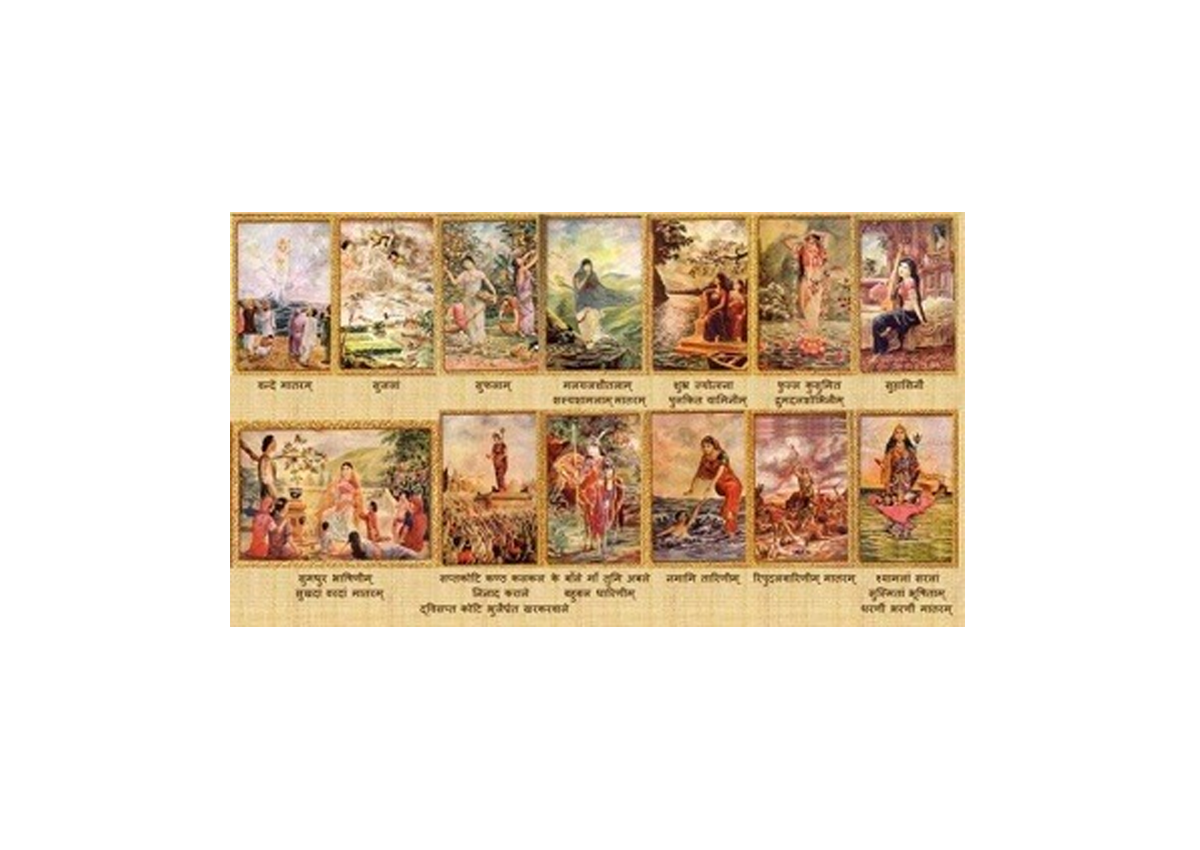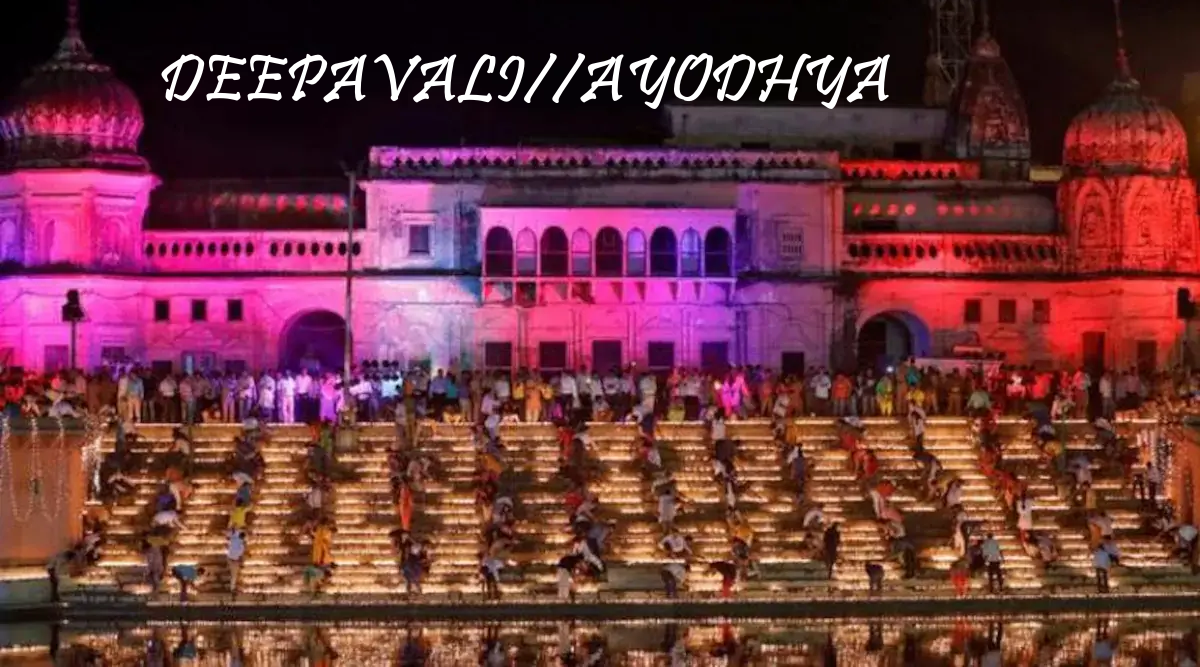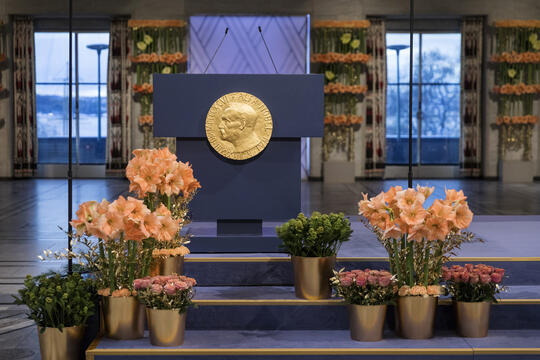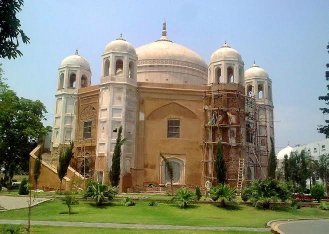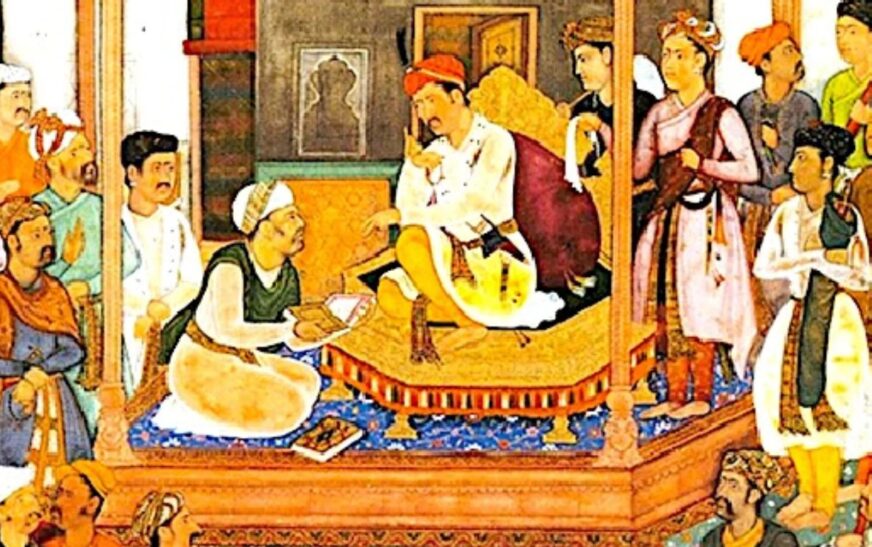MUGHAL-E-AJAM:II
JODHA BAI—A MISTAKEN IDENTITY
SARASIJ MAJUMDER

Mariam-uz-Zamani was the title given to Harkha Bai, a Rajput princess who became the chief consort and principal wife of Mughal Emperor Akbar. She was also the mother of Salim, who later became Emperor Jahangir.
Born as Harkha Bai, she was the daughter of Raja Bharmal of Amer, and sister of Bhagwant Das. Her marriage to Akbar in 1562 was a political alliance between Akbar and her father, Raja Bharmal.
Raja Man Singh was eldest son of Bhagwant Das. He commanded the Mughal Army in several expeditions.
On 31 August 1569, Mariam-uz- Zamani gave birth to her only son, who was named “SALIM” after Hazrat Salim Chisti, in acknowledgement of Akbar’s faith in the efficacy of the holy man’s prayer which begot his fatherhood.
She was known for her influence on moulding Akbar’s religious policies towards secularism and is often cited as the cause of the Mughal’s religious tolerance and inclusivity.
The Mahal, which is shown as “JODHA MAHAL” at Fatehpur Sikri is actually the Mahal of ‘Mariam-uz-Zamani’—one of the, and most beautiful of ‘Panch Mahal’.
Mariam-uz-Zamani’s Title and Influence:
She was given the title Mariam-uz-Zamani after giving birth to her son, Salim. She became chief consort, and was described as an intelligent, amiable, and liberal woman who influenced Akbar in court matters, in “AKBAR NAMA” composed by Abu Fazl.
Religious Tolerance: Her marriage to Akbar and her influence are seen as contributing factor to Akbar’s more tolerant religious and social policies during later days of his governance.
Influence and Importance: She held the highest rank within the Imperial Harem and was considered as one of Akbar’s favourite wives. She had considerable influence in court matters and was often consulted by Akbar on important issues. Her marriage was seen by historians as playing pivotal role in shaping Akbar’s tolerant religious policies.
Wealth and Business Acumen: She was a wealthy woman and a notable entrepreneur, actively involved in foreign trade.
Architectural Patronage: She commissioned several structures, including the Begum Shahi Mosque in Lahore and a Baoli (step-well) in Bayana.
Death and Burial: She died on May 19, 1623, in Agra and was buried in a tomb near Akbar’s tomb in Sikandra.
Jahangir’s own memoirs and other Mughal historical records do not mention “Jodha Bai” as Akbar’s wife, and Salim’s Mother.
THE “JODHA BAI” MISNOMER:
Mariam-uz-Zamani is often mistakenly referred to as “Jodha Bai”, and this shall be considered as a historical error. Mariam-uz-Zamani was a Rajput princess of Amer.

During the rule of Emperor Akbar, he issued a decree that prohibited the mention of the names of women of his seraglio in public. This was due to the high regard and sanctity placed upon Mughal women, such that even their names were not to be spoken aloud. Instead, they were to be referred to, using an epithet that denoted their place of birth, country, or city where they were first viewed with affection by the Emperor.
This practice was intended to preserve the privacy and honour of these women, who were considered important members of the royal household, hence Mariam-uz-Zamani had been addressed as the daughter of Raja Bharmal or sister of Raja Bhagwant Das in Akbar Nama. Her son, Salim referred to her by her title, Hazrat Mariam-uz-Zamani in his chronicles. This led to the confusion and freedom exercised by various historians to guess and speculate her birth name.
The name ‘Jodha Bai’ was first used for Mariam-uz-Zamani in James Tod’s Annals and Antiquities of Rajasthan, a colonialist history written in the early 19th century. The Guides of Fatehpur Sikri popularised this BLUNDER.
This naming is an error, given that it implies a relationship of Akbar with the royal family of Jodhpur, rather than that with the Raja of Amber. Instead, it can be inferred that ‘Jodha Bai’ or ‘Jodh Bai’ in fact refers to the wife of Jahangir, Jagat Gosain, the daughter of Raja Udai Singh of Jodhpur.
Manavati Bai, (13 May 1573 – 8 April 1619), better known by her title, Jagat Gosain (lit. ’Saint of the World’), was the second wife and the empress consort of the fourth Mughal emperor Jahangir and the mother of his successor, Shah Jahan.
She is also known as Mani Bai, Manmati, Jodh Bai (lit. ’Princess of Jodhpur’),Taj Bibi (lit. ’Lady of the Crown’) and was also given the posthumous title of Bilqis Makani (lit. ’Lady of the Pure Abode’). She was also wrongly referred to as Balmati Begum by Manrique. She should not be confused with her mother-in-law, Mariam-uz-Zamani, who was erroneously called as “Jodha Bai” by European historians since any daughter belonging to the Jodhpur region could be called Jodha Bai or daughter of Jodhpur region.
By birth, she was a Rajput princess of Marwar (present-day Jodhpur) and was the daughter of Raja Udai Singh (popularly known as Mota Raja), the ruler of Marwar and the full-sister of Sawai Raja Sur Singh, another ruler of Marwar and Maharaja Kishan Singh, founder of Kishangarh.
Image 1: Portrait of Jalaluddin Muhammad Akbar with Mariam-uz-Zamani.
Image 2: Jagat Gosain aka, the real Jodha Bai.
Hence, “Jodha Bai” is more accurately refers to as the wife of Jahangir, Jagat Gosain, who was a princess of Jodhpur. She was mother of Prince Khurram, who was later known as Emperor Shajahan.
Tuzuk-e-Jahangiri or Tuzuk-i-Jahangiri, also known as JAHANGIRNAMA is the autobiography of the Mughal Emperor Jahangir. By writing this autobiography, he followed the tradition of his great-grandfather, Babur, who also wrote his autobiography called BABURNAMA. This book refers JODHA BAI as her wife.
The complete Tuzuk-e-Jahangiri (جهانگیر نامه ) written by Jahangir himself is housed in the National Museum of India since the 1950s. Jahangir then entrusted the task to Mu’tamad Khān, the author of the Iqbal-Nama, who continued the memoirs from the start of 1623.
English Translations of all these books are published and available in several libraries in Delhi.
REFERENCES:-
- Ain-e -Akbari by Abu Fazl.
- Akbar Nama by Abu Fazl.
- Tuzuk-e-Jahangiri (جهانگیر نامه ) by Jahangir.
- Source of Images: Gallery of Miniature Paintings.

